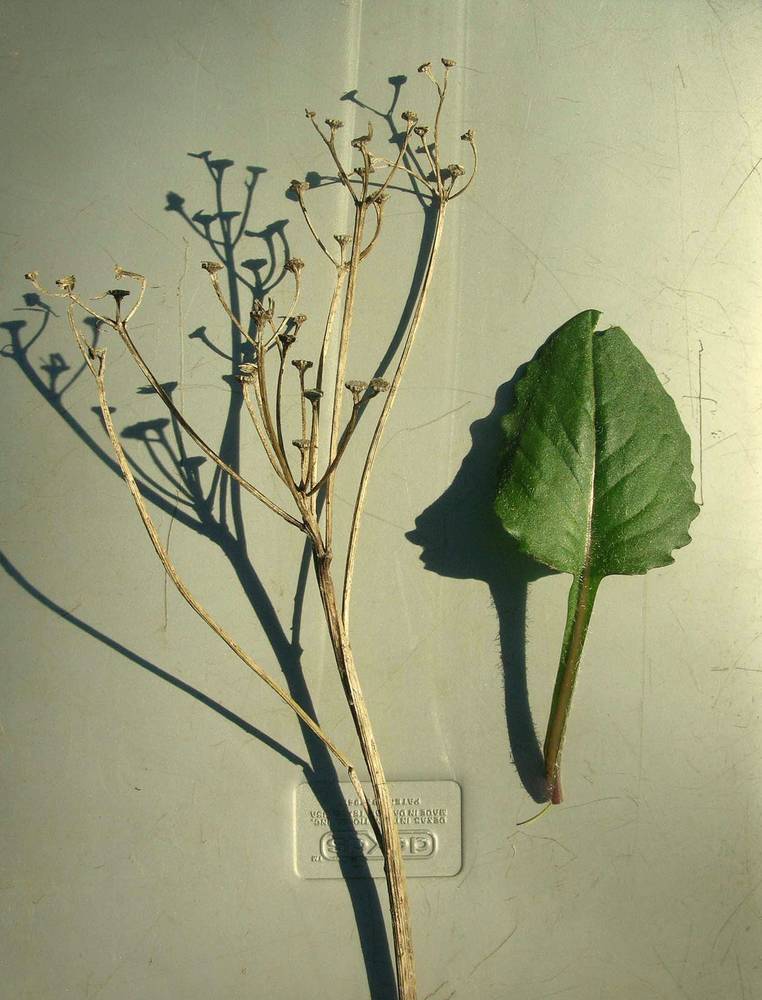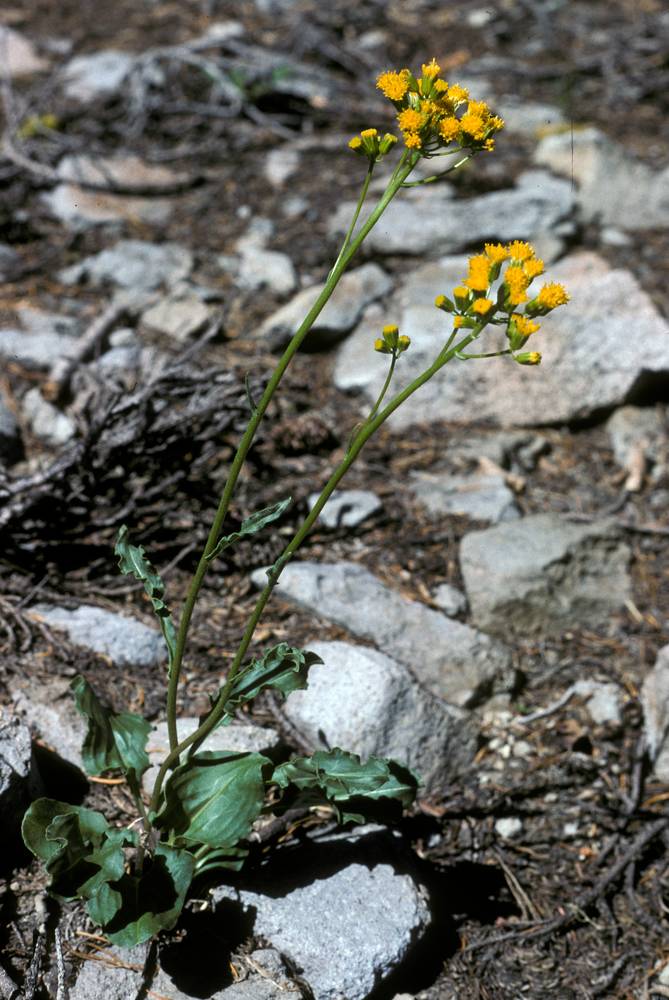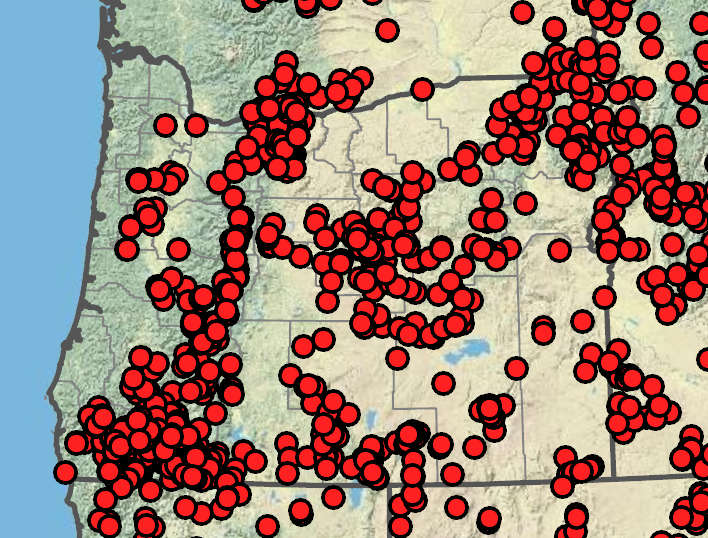Senecio integerrimus
Senecio
lambstongue ragwort, western groundsel
butterweed, groundsel, ragwort
1, loosely arachnoid-tomentose, or villous, glabrate with age.
1+; erect to lax, glabrous or pubescent; simple or branched.
mostly basal;
cauline progressively reduced distally; ± petiolate;
basal and lower cauline elliptic, lanceolate, linear, oblanceolate, rounded-deltate, rarely suborbiculate, bases tapered or truncate to cordate;
margins entire or dentate;
distal becoming sessile and bract-like.
basal and/or cauline, alternate; ovate, deltate, oblanceolate, lanceolate, linear, or filiform, rarely orbiculate, sometimes palmately or pinnately lobed, ultimate margins entire to serrate or toothed; some with callous denticles on the teeth, palmately to pinnately veined;
surfaces glabrous or hairy, often glabrate with age, petiolate or sessile, often clasping.
corymb-like arrays;
bracts 0 or inconspicuous.
corymb-, cyme-, panicle-, raceme-like, or flat-topped arrays, rarely heads solitary, usually terminal, sometimes from axils of distal leaves.
urn-shaped.
mostly cylindric or turbinate, sometimes campanulate.
flat to convex;
paleae 0.
5, rarely 0;
rays 6–15(20) mm, yellow or white to pale yellow.
(0)5, 8, 13, or 21, pistillate, fertile;
rays yellow, rarely yellowish white.
35–45.
(5)13–100+; bisexual, fertile;
corollas yellow, rarely yellowish white; reddish, or purplish;
tubes ? campanulate throats;
lobes 5; erect to recurved, usually ± deltate;
style branches with tips usually truncate-penicillate.
(8)13 or 21;
tips usually black, sometimes green.
5, 8, 13, or 21 in 1(2) equal or subequal series, persistent.
1–5+, inconspicuous, usually < 2 mm.
0 or 1–8+ bractlets, mostly ¼–½ the length of phyllaries.
2.5–3 mm, usually glabrous, sometimes hairy along ribs.
cylindric or prismatic, tan to brown, glabrous or pubescent, usually 5-ribbed, pappi of white to straw-colored, barbellate to smooth bristles.
6–15(30+).
radiate or discoid, sometimes nodding.
=40, 80.
Senecio integerrimus
Senecio
Western North America. 5 varieties; 3 varieties treated in Flora.
Nearly worldwide. 1000+ species; 13 species treated in Flora.
Senecio is one of the largest genera of flowering plants and includes nearly all growth forms from herbs to shrubs, trees, succulents, aquatics, and vines. Many species produce alkaloids to deter predators, but there are several species of lepidopterans whose larval forms use Senecio species as host plants. There are many species that are common annual or perennial weeds, but there are also several succulents that are frost intolerant. Researchers working in this large genus have, for many years, recognized informal “species groups” but were resistant to splitting up the genus. More recently with more thorough chromosome and palynological work, along with increasingly refined molecular work, segregation of many of these informal groups into new genera is easily supported. Senecio viscosus has been collected on ballast in Portland and putatively in Lake County in the early part of the 20th century.
Debra Trock
Debra Trock
- Local floras:
BC,
CA,
OR,
WA
- Local Web sites:
CalFlora,
CalPhotos,
Flora NW,
PNW Herbaria,
Turner Photog.
WildflowerSearch
iNaturalist (observations)
USDA Plants Database
- LBJ Wildflower Center
- SEINet
- Plants of the World Online
- Encyclopedia of Life
- Wikipedia
- Google Image Search




